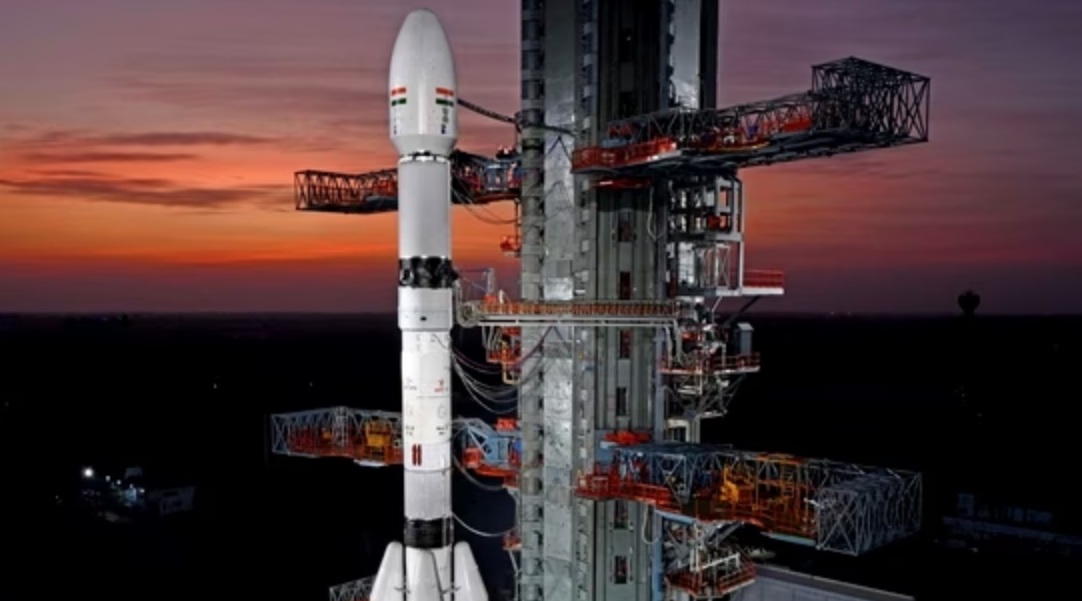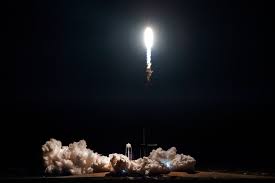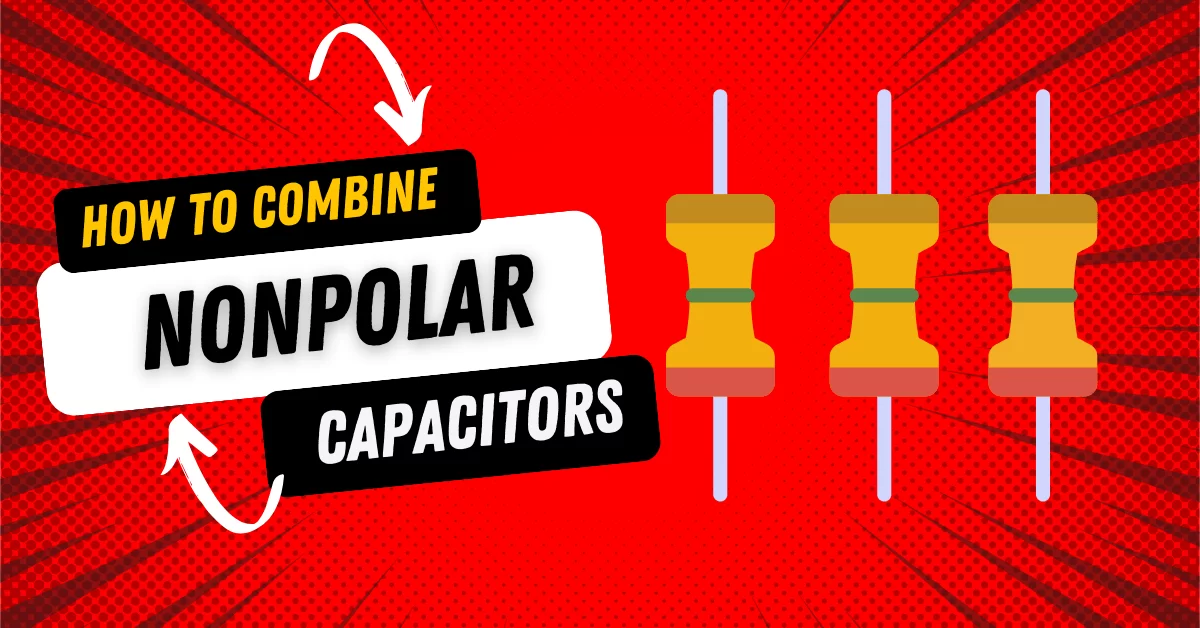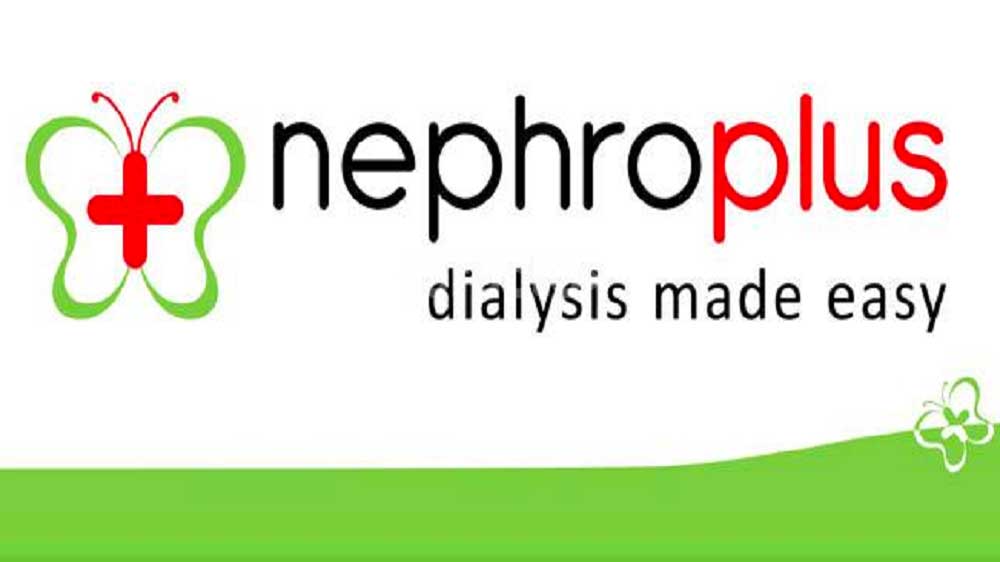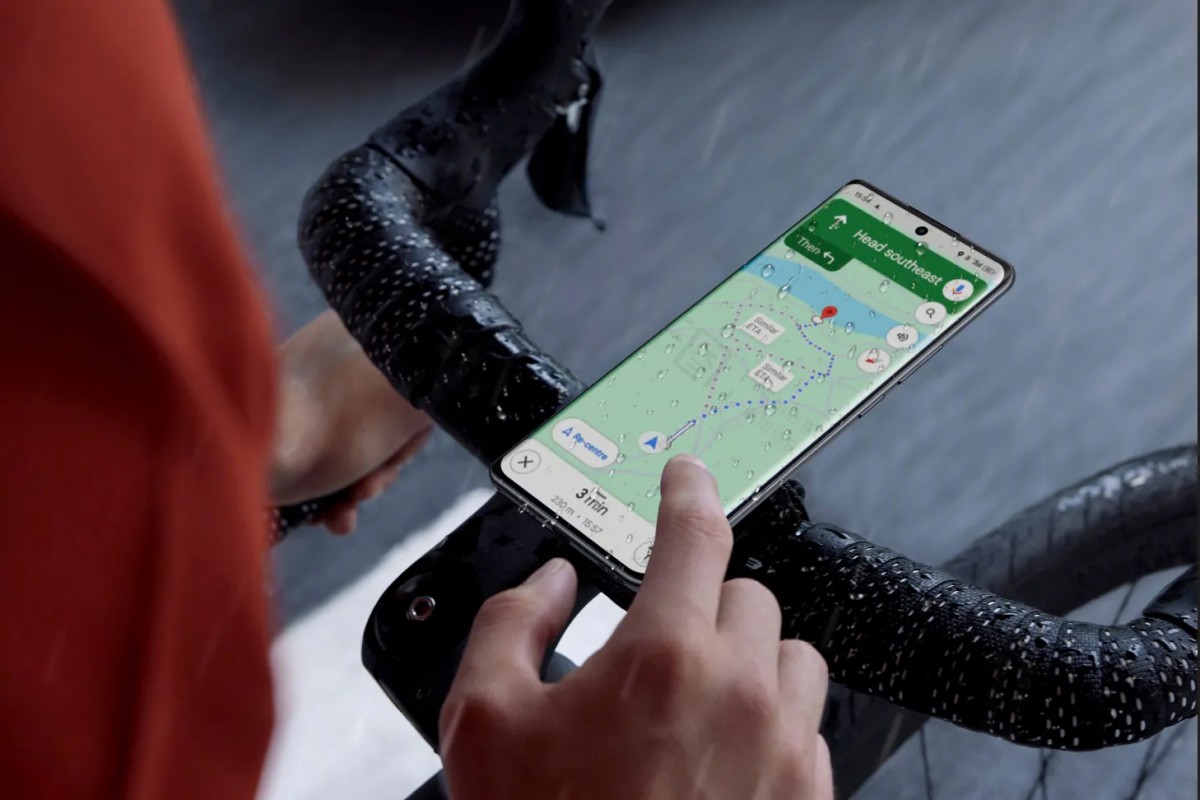The Falcon 9 rocket with Crew Dragon manned spacecraft with NASA astronauts Robert Benken and Douglas Hurley onboard launched from the 39th launch complex of the John Fitzgerald Kennedy Space Center in Florida to the International Space Station (ISS), SpaceX reports.

Robert Benken and Douglas Hurley
Launched on May 30 at 10:22 p.m. Moscow time, the launch to the ISS was the second for Crew Dragon and the first to take place with the crew on board. The docking of Crew Dragon and the ISS should take place approximately 19 hours after the start. In a near-Earth orbit, the spacecraft will stay from one to four months depending on the state of the Crew Dragon solar panels, after which Benken and Hurley must return to Earth.
The main goal of the Crew Dragon mission is to check the ship’s systems and the crew’s readiness to work with it. Successful completion of the spacecraft mission will mean the loss by Roscosmos of the monopoly in the delivery of people to the ISS, which existed since July 2011, when NASA made its final flight under the Space Shuttle program.
In May 2019, the Boeing Starliner spacecraft, which, due to software problems, could not reach the space station, but successfully returned to Earth, first launched (without crew) to the ISS.
The first (crewless) SpaceX Crew Dragon test launch to the ISS took place in March of the same year.
In September 2014, the American SpaceX and Boeing were named the winners of the Commercial Crew Transportation Capability program, which involves the creation of manned spacecraft in the United States for low Earth orbit.
Since 2011, people on the ISS have been delivered exclusively by Russian manned spacecraft of the Soyuz series. The corresponding contract between NASA and Roscosmos, involving the delivery of one astronaut to the ISS for $ 90 million, ends in October 2020.
